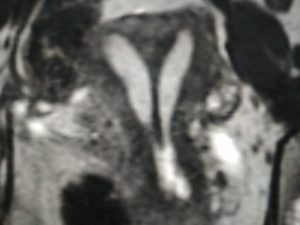Citation: Miguel C. Cabarrus, MD, Benjamin M. Yeh, MD, Andrew S. Phelps, MD, Jao J. Ou, MD, PhD, Spencer C. Behr, MD. RadioGraphics 2017; 37:2063–2082. https://doi.org/10.1148/rg.2017170070
Abdominal and pelvic hernias may be indolent and detected incidentally, manifest acutely with pain and distress, or cause chronic discomfort. Physical examination findings are often ambiguous and insufficient for optimal triage. Therefore, accurate anatomic delineation and identification of complications are critical for effective treatment planning. Imaging, particularly computed tomography, provides a vital understanding of the hernia’s location and size, involved viscera, and severity of associated complications. Reader familiarity with the imaging appearances and anatomic landmarks of hernias is important for correct diagnosis, which may impact preoperative planning and reduce morbidity. This article reviews the appearance of anatomic structures in the abdominal wall and pelvis that are important for diagnosing common and uncommon abdominal and pelvic hernias, and it highlights key imaging features that are helpful for differentiating hernias, mimics, and their complications.


